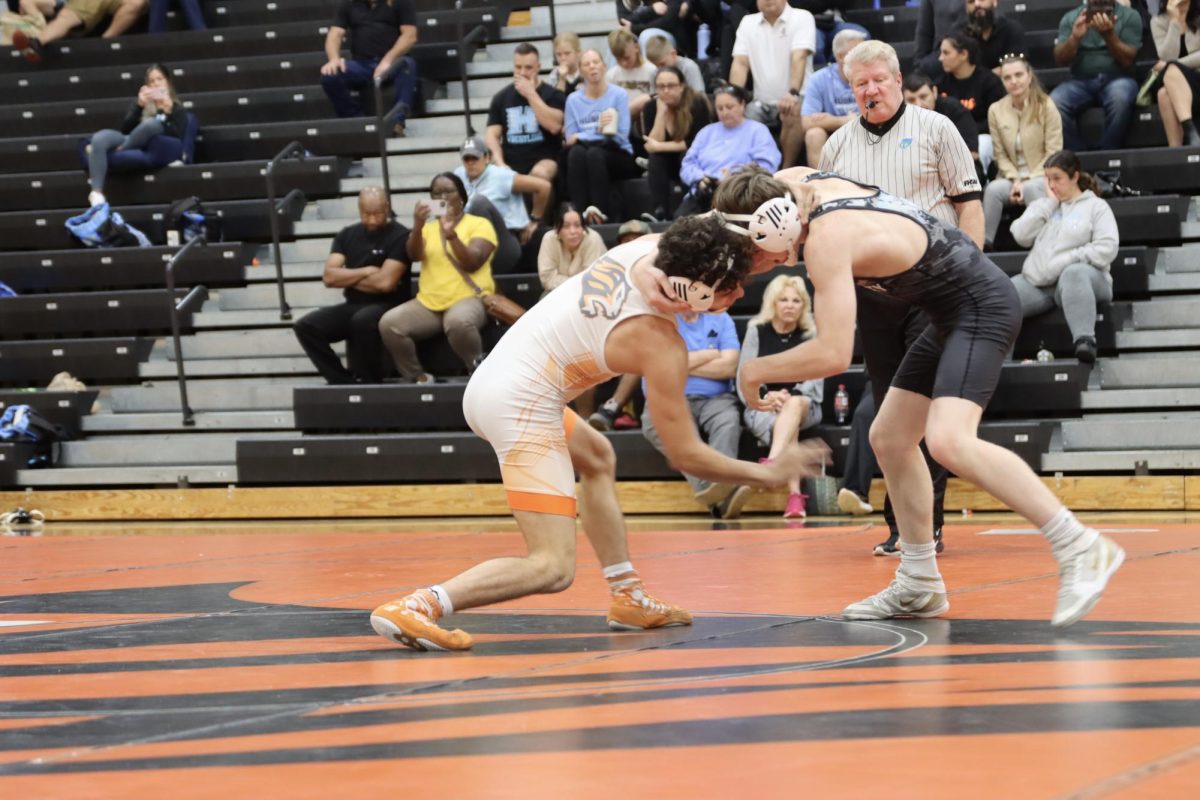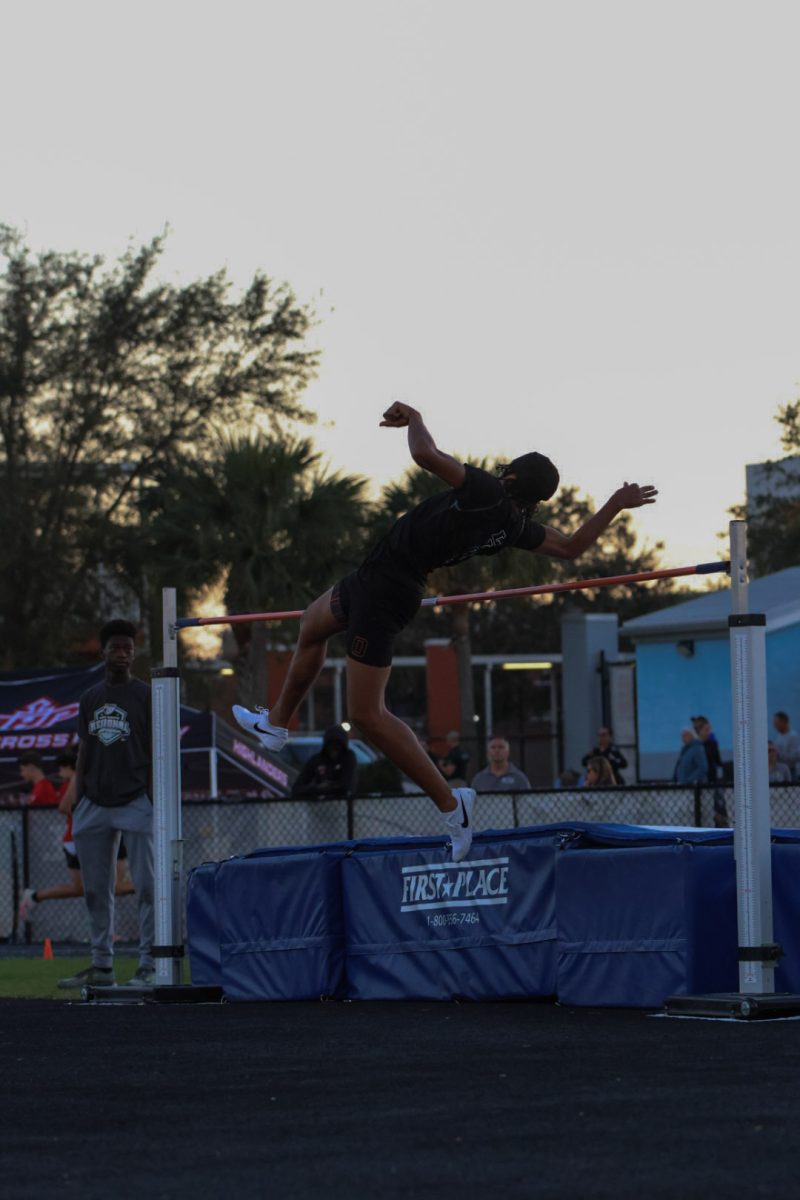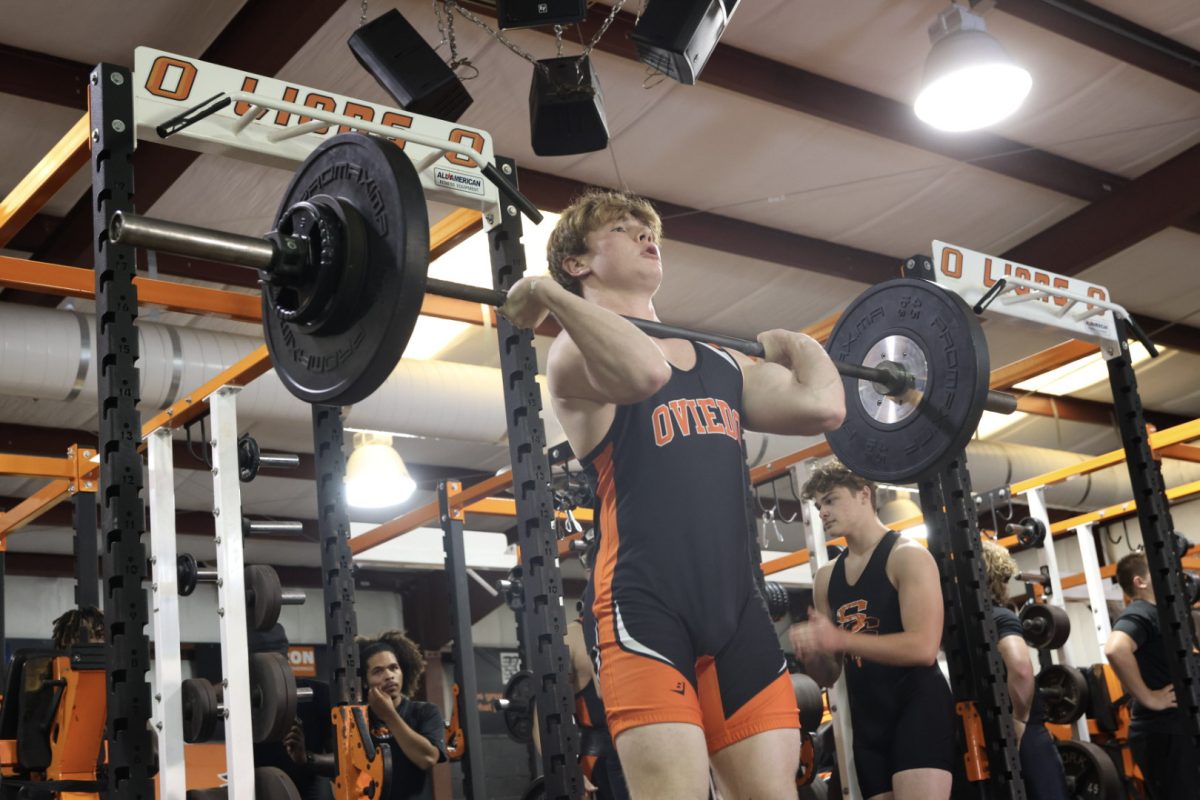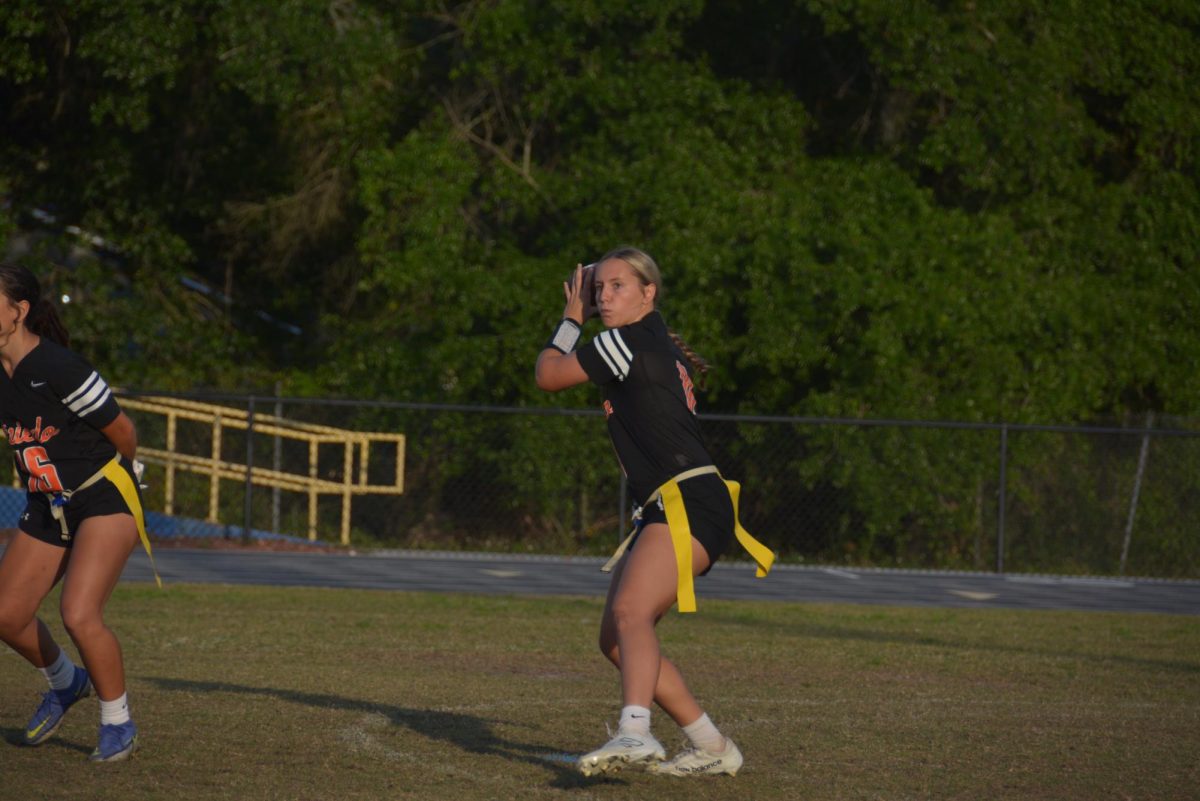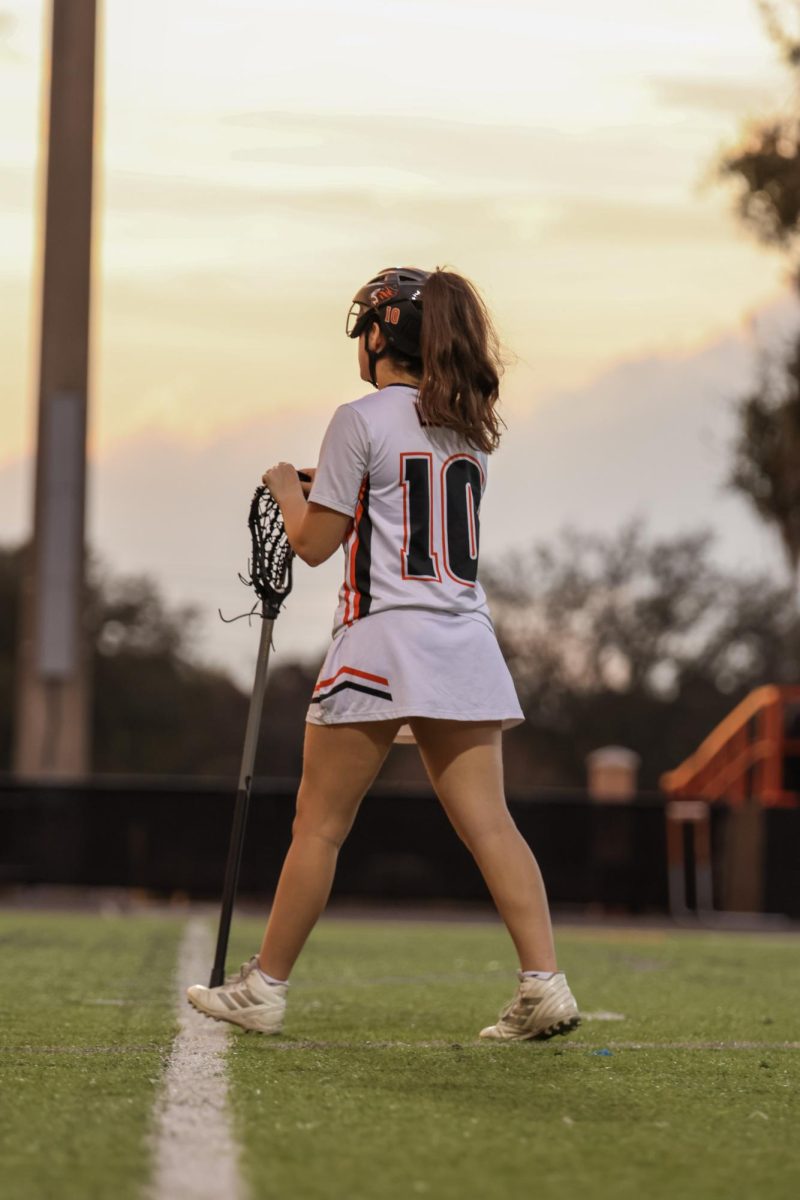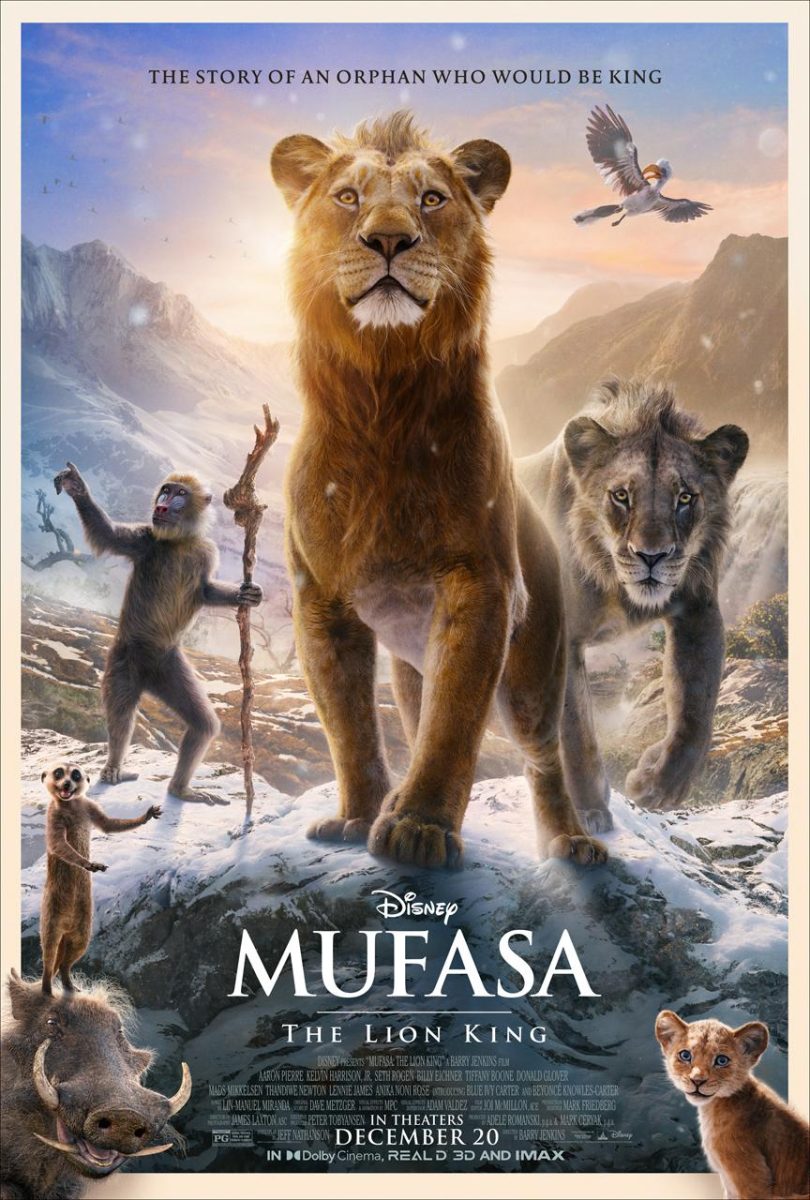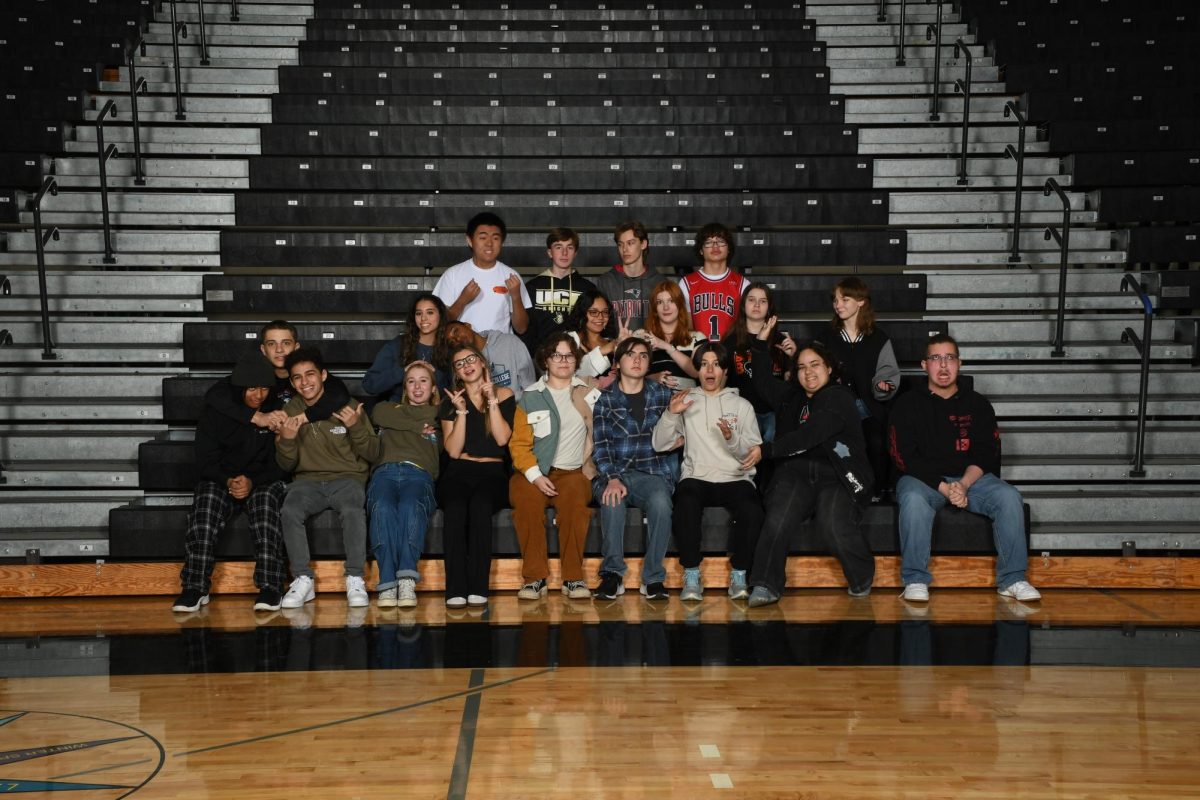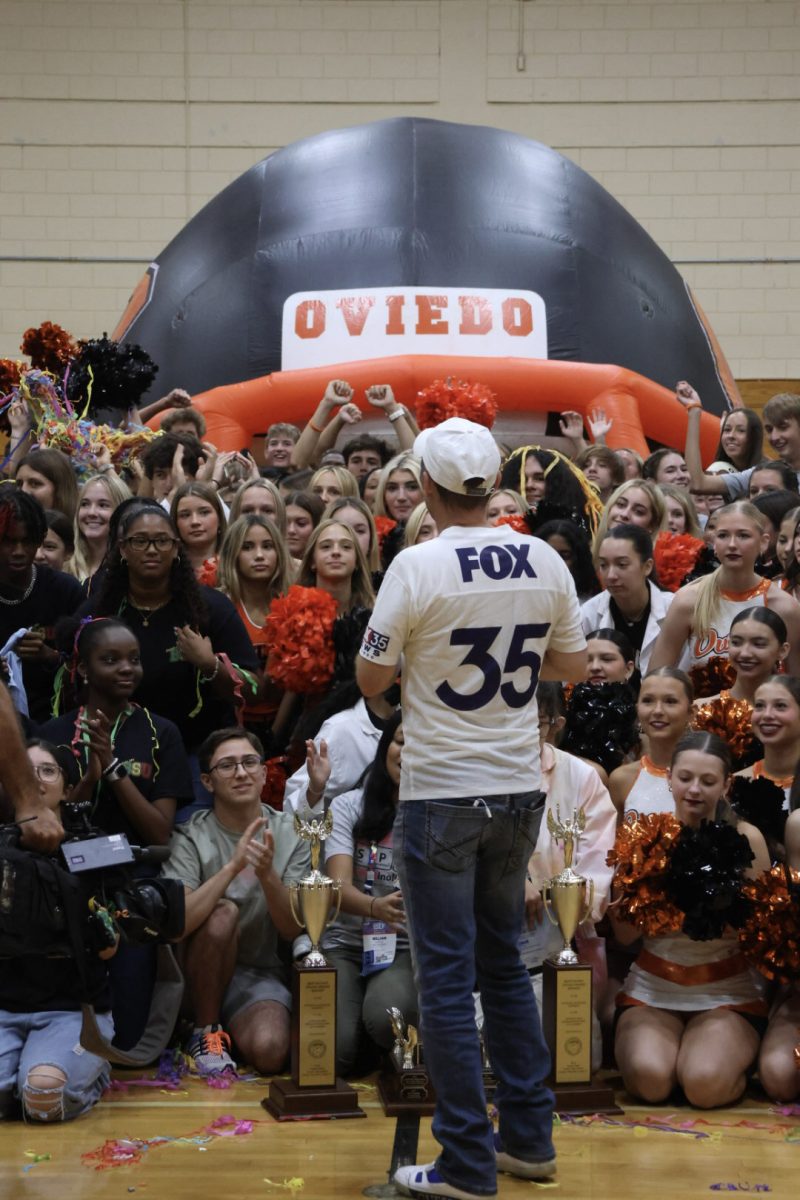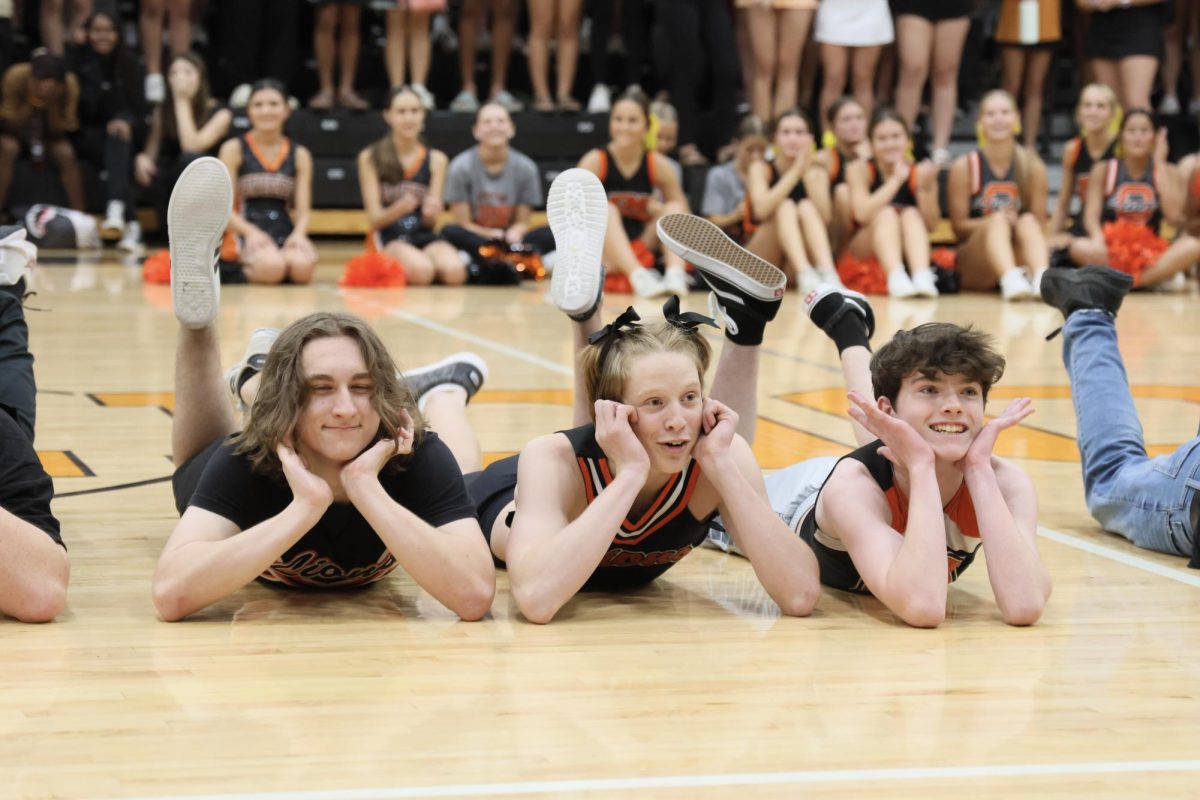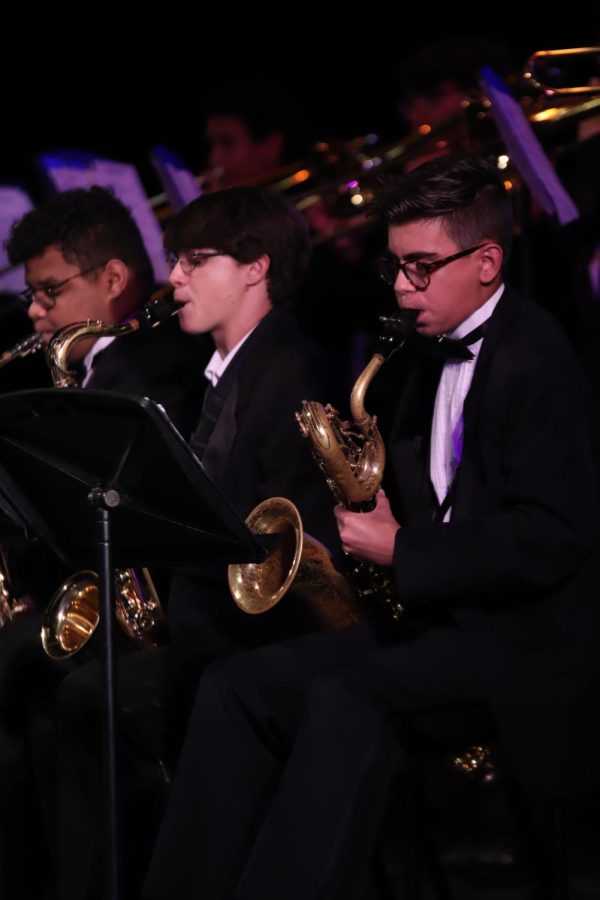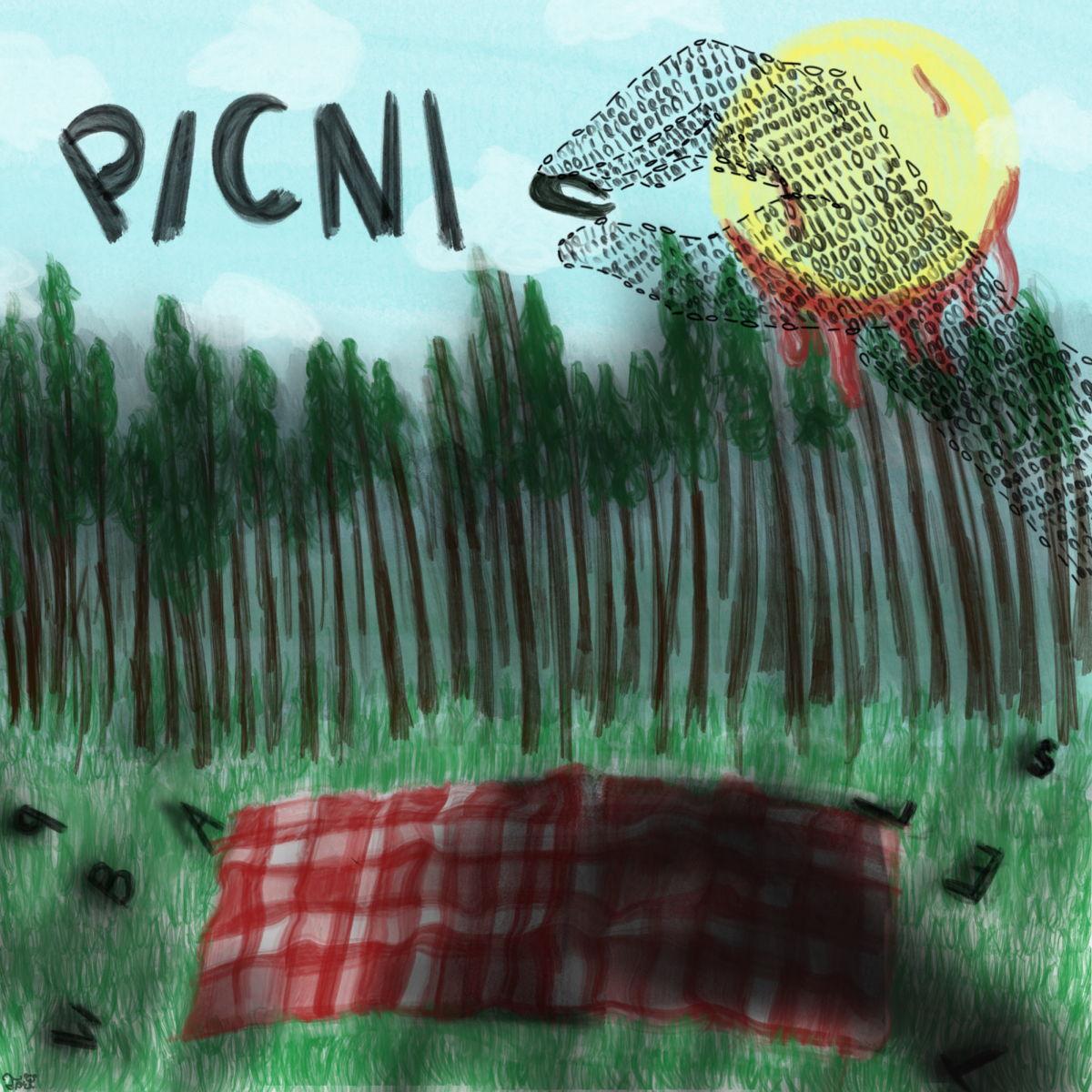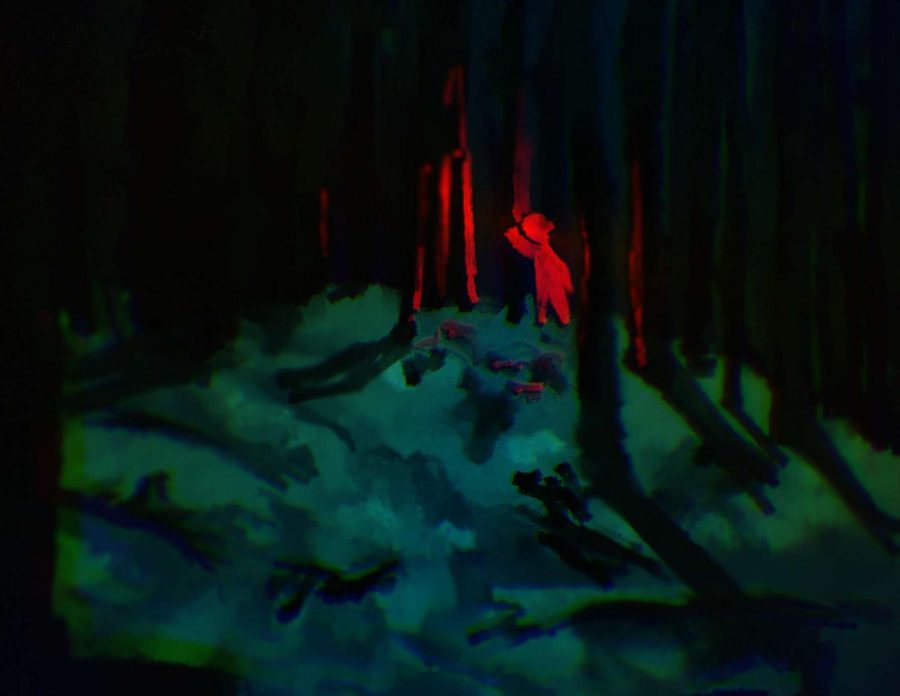In April 2016, Peter Brown released his middle-grade novel, The Wild Robot. The book quickly became a favorite of young readers, parents, and critics alike, receiving several Book of the Year and Best Books for Kids awards, as well as being placed on the 2017-2018 Florida Sunshine State Young Reader’s Award booklist.
Years later, in September of 2023, DreamWorks Animation announced an animated adaptation of the book, directed by Chris Sanders. Sanders is credited with beloved movies Lilo and Stitch and How to Train Your Dragon. Expectations for the movie were high, and when fans flocked to theaters on The Wild Robot’s release day September 27th 2024, they were not let down. Critics gave the movie a 97% on the Rotten Tomatoes Tomatometer and the audience gave it a 98% on the Rotten Tomatoes Popcornmeter.
The movie opens with a shock—literally, as lightning strikes and a crash is heard. In the blink of an eye, the storm is over and our protagonist—a robot named ROZZUM 7134, voiced by the talented Lupita Nyong’o—is washed up on an island with no knowledge of how she got there, or where she even is. Nicknamed Roz, she undergoes both physical and mental metamorphosis throughout the movie.
In-universe, the ROZZUM line of robots are designed to complete tasks assigned to them by humans, who are nonexistent on Roz’ new home. However, the island is still teeming with life, and Roz encounters several animal species—all of whom are terrified of their mechanical visitor.
At first, Roz cannot understand the language of the animals, but as she immerses herself in the island wilderness, she slowly learns to communicate with them in their native tongue. Although she has grown and worked to gain their trust, the island’s residents still fear her and she remains without a task. That is, until a newborn gosling imprints onto her, and she must learn to take care of it with the help of a cunning fox named Fink, voiced by Pedro Pascal, who is also an outcast.
The young gosling, voiced by Boone Storm, grows into a goose named Brightbill, now voiced by Kit Connor. Because he wasn’t raised by other geese, Brightbill is unable to swim or fly, and he walks and talks similarly to a robot. Cast out by the other geese, he realizes that Roz isn’t his biological mother. The movie quickly shifts from a heartwarming animated movie with talking animals to a forthright story of Roz’ insufficiency and insecurity as Brightbill grows up. Can she be the mother that Brightbill needs?
The plot of the movie is incredibly heartwarming, and during several highly emotional parts of the movie, there wasn’t a dry eye in the theater. A good character-driven movie should be led by realistic characters that you root for, and the writers did an excellent job of making sure every character has flaws, but is lovable nonetheless.
As far as similarities and differences from the book, The Wild Robot cut much of the subtle, nuanced detail out from the book and exchanged some plot points for simpler ones. This works well for bringing the movie to the big screen, where it’s much more difficult to convey small things, but it did have some negative effects. There were a few cases where characters developed too quickly, rapidly changing their attitudes towards Roz. One second they’re screaming and running from her, the next second they’re happily helping her. The contrast was occasionally jarring, but for the most part the plot was well-developed.
The voice cast is yet another remarkable aspect of the film, and none did better than Lupita Nyong’o as the titular wild robot. The actress alters her voice in order to show Roz’s character development, starting off sounding very mechanical and slowly sounding more humanoid as she evolves. However, every voice actor does a phenomenal job at bringing life to their characters. Other standouts include Kit Connor as Brightbill, Pedro Pascal as Fink, Bill Nighy as Longneck, and Stephanie Hsu as Vontra.
The soundtrack is breathtaking, with beautiful and emotional pieces that perfectly complement the scenes. The strong music adds to the atmosphere of the movie, bringing it to life through music—even in scenes without dialogue. In fact, it’s at these moments that the soundtrack can shine most, when the viewer can just focus on the visuals and the music. At these times, The Wild Robot transcends its status as a simple movie—it becomes an experience.
The art may be the most captivating part of the movie; any still shot from the film could be used as a poster. This is because The Wild Robot utilizes colorful, stylized animation. With the exception of Roz and Vontra, most of the 3D-animated characters have conventional designs. However, the small yet intricate details lead to a wonderfully unique-looking cast. Two-dimensional effects like fire, explosions and smoke are vibrant and stand out in every scene they’re a part of. Every background is either static or slightly and subtly animated and painted with utmost care. The synthesis of these elements creates a gorgeous movie, with every scene being just as eye-catching as the last. No amount of words could sufficiently describe how beautiful this movie is, especially the backgrounds.
The Wild Robot is an extremely entertaining movie. Despite the fact that it’s a family movie, people of all ages can find something to enjoy and find a message within it. Younger kids might enjoy it for the easily-digestible but still emotional story, while older kids and teens might like the portrayal of growing up and finding yourself, and even parents may shed a tear at Roz’ exploration of motherhood.
It’s more than worth it to see The Wild Robot in theaters; it is a unique and original modern classic. Seeing it on the big screen with stereophonic sound and vibrant color will create the wholly magical experience of witnessing the origins of a movie that will surely be acclaimed for years to come.
As of October 12th, 2024, a sequel is confirmed to be in the works at DreamWorks Animation, with Chris Sanders returning as the director. The sequel will likely follow the plot of the second book in the series, The Wild Robot Escapes, by Peter Brown.

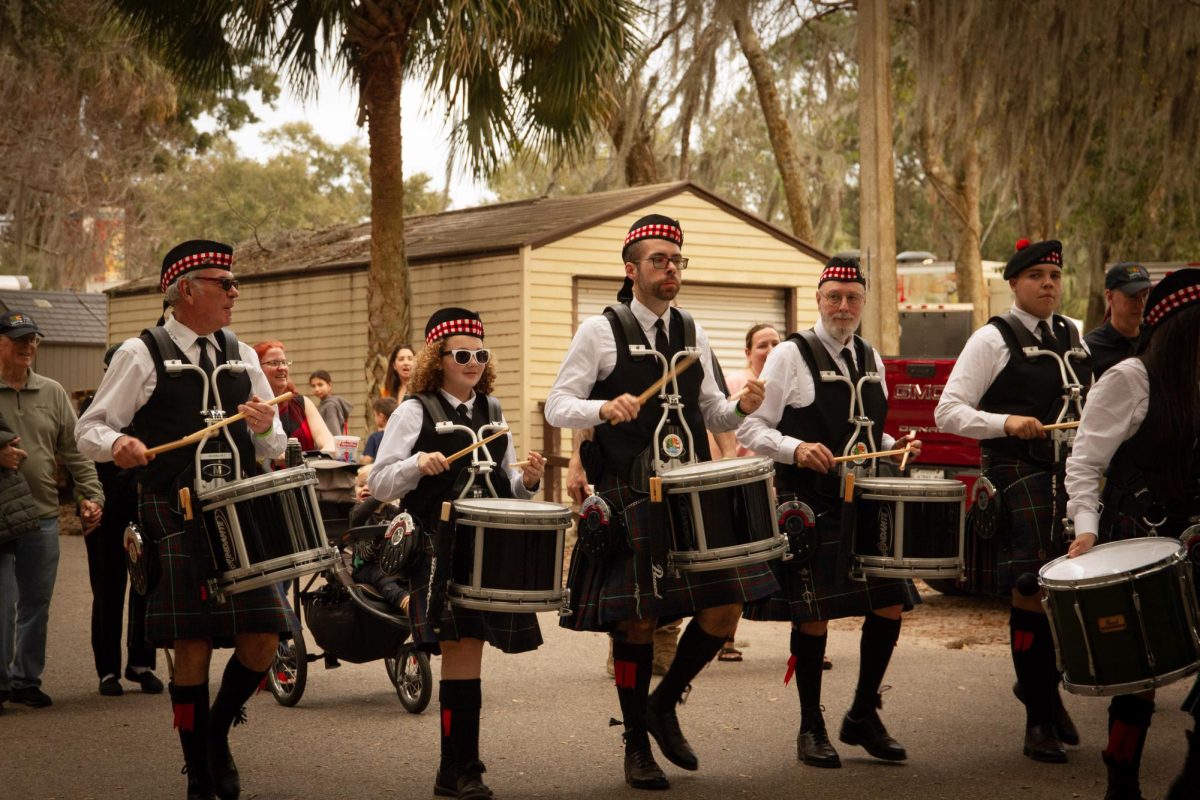

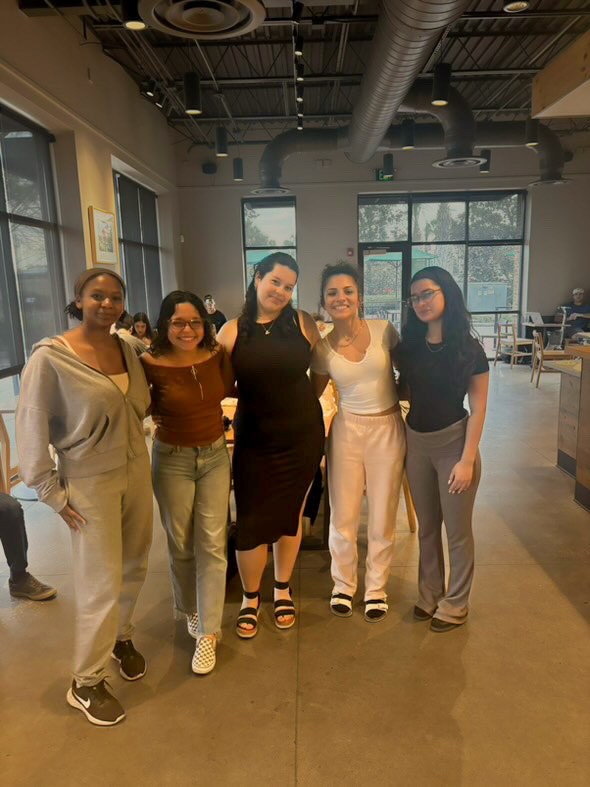

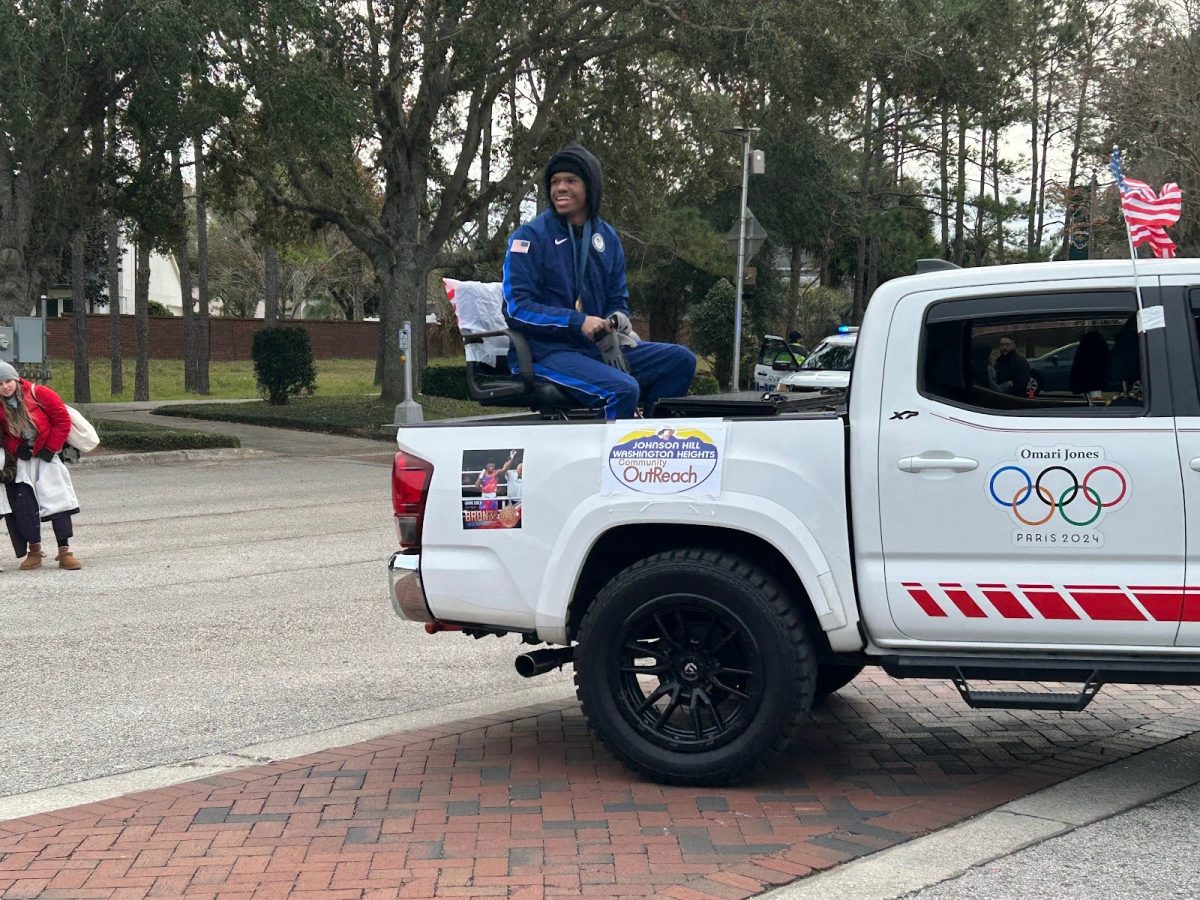



![President Natalia Almendarez helps a fellow club member tie a bracelet for Love Week. Almendarez believes in community and assuring everyone feels like a part of the school. "I really like the message that [BSU] stood by and I wanted to be a part of it," Almendarez said](https://oviedojournalism.com/wp-content/uploads/2025/02/unnamed-28.jpg)

